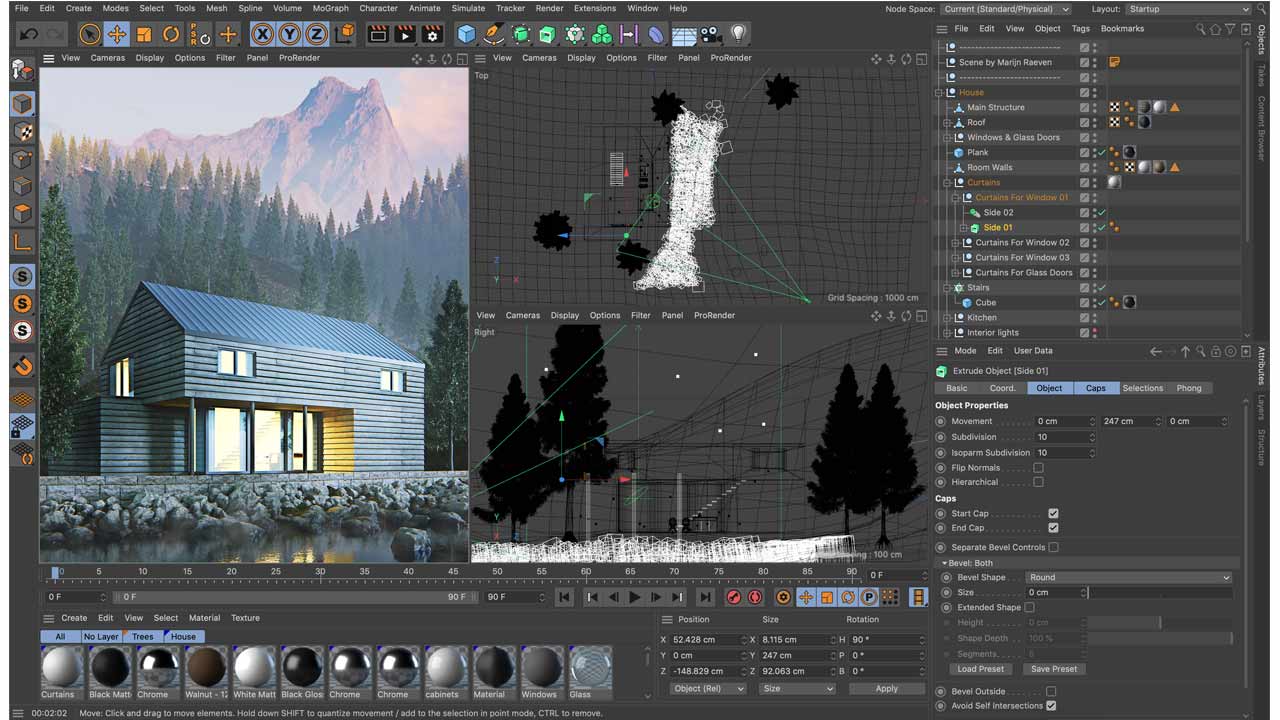

By default, Cinebench R23 will run as many render passes as your PC can within 10 minutes to calculate a score.

You can either manually cancel a Cinebench R23 run after a single pass by clicking “Stop”, or turn off the minimum test duration of 10 minutes by navigating to “File” > “Advanced Benchmark” and setting the “Minimum Test Duration” to “Off”. This is to factor in CPU throttling that occurs during sustained loads due to increased temperatures. How many passes does Cinebench R23 do?Ĭinebench R23 is set up by default to run as many passes as your PC is capable of within 10 minutes. This feature was discontinued, though, and is not available in Cinebench R23 anymore.Ĭheck out our Benchmarking Guide to find other great Benchmarks for testing your GPU’s performance here. What about the Cinebench GPU Benchmark?Ĭinebench used to have an option to test your GPU’s OpenGL capabilities. For decent Gaming-Performance, you should make sure you are above 1000 Cinebench R23 Single-Core Points.įor 3D Rendering then again, the higher the Multi-Core Score, the better, but anything above 20k Multi-Core Points will allow you to render complex scenes in no time.

What a good Cinebench R23 Score is, really depends on your workloads. Given the fact that Intel’s power draw is considerably higher, tough, the decision between Intel Core and AMD Ryzen is a tough one.Īnother exciting observation that shows how IPC and clock increases can really boost generational performance is AMD’s 7950X which easily outpaces the 2990WX with only half the amount of cores. The 13900k, 13700k and 12900ks are faster than anything AMD offers in their 5XXX and 7XXX line-up. Intel’s 12th and 13th generation CPUs made a huge jump in single-core performance compared to their previous generation.


 0 kommentar(er)
0 kommentar(er)
